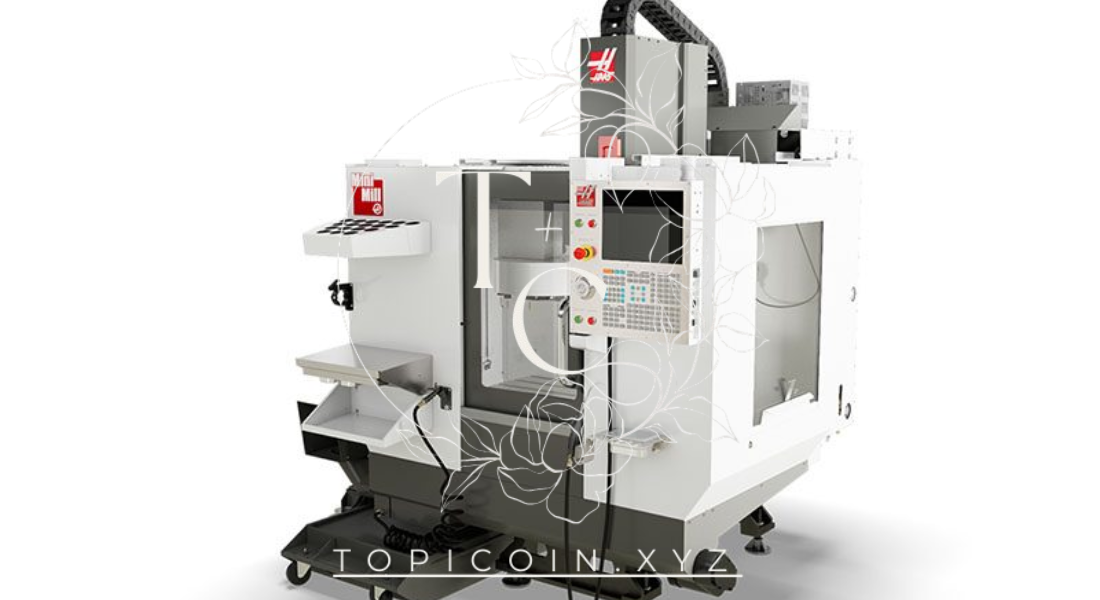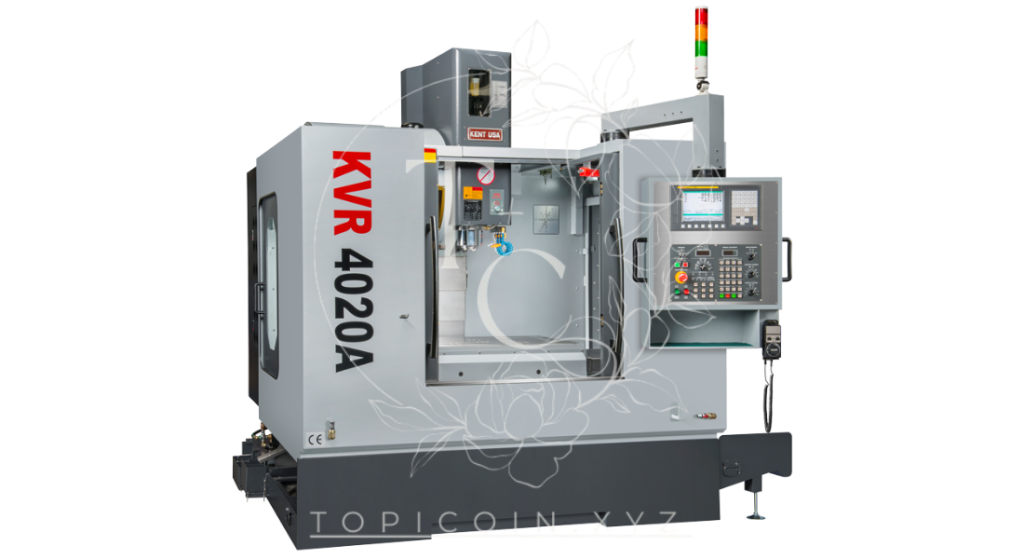Blog
Exploring the Power and Precision of the CNC Vertical Mill: A Comprehensive Guide
The CNC Vertical Mill is one of the most popular and versatile machines in modern manufacturing. This machine combines advanced technology and robust functionality, allowing manufacturers to create highly precise parts with ease. Whether you are working with metals, plastics, or composite materials, the CNC Vertical Mill is essential for achieving high-quality results. In this article, we will explore the features, applications, benefits, and more about this impressive piece of machinery.
1. Introduction to CNC Vertical Mill
A CNC Vertical Mill is a computer-controlled machine tool that uses rotating cutting tools to remove material from a workpiece. Unlike horizontal mills, which position the cutting tool horizontally, vertical mills have their spindle positioned vertically. This allows for greater versatility in machining tasks and is especially useful for tasks that require high precision, such as drilling, milling, and tapping.
The CNC Vertical Mill is often used in industries like aerospace, automotive, and metalworking for producing parts and components that require a high degree of accuracy. These mills have become an indispensable tool in modern manufacturing due to their ability to automate tasks and improve production speed and consistency.
2. How Does a CNC Vertical Mill Work?
The CNC Vertical Mill operates using a computer numerical control (CNC) system that guides the machine through specific instructions provided by a pre-programmed code. The CNC system allows the mill to perform a variety of tasks without the need for manual intervention, increasing efficiency and reducing human error.
The basic components of a CNC Vertical Mill include the spindle, work table, and tool holder. The workpiece is placed on the table, and the spindle rotates a cutting tool to remove material from the piece. The movement of the machine is controlled by motors and linear guides, allowing for precise positioning in three axes: X, Y, and Z.
The machine is programmed with specific instructions, often generated from CAD (computer-aided design) files, to ensure that it performs the desired operations with accuracy. Once the machine is set up and the program is running, the CNC Vertical Mill can carry out multiple operations automatically, such as drilling holes, milling surfaces, and producing complex shapes.
3. Key Features of the CNC Vertical Mill
3.1. Multi-Axis Machining
One of the standout features of the CNC Vertical Mill is its ability to operate in multiple axes. Most vertical mills are equipped with three-axis movement (X, Y, and Z), but advanced versions can offer additional axes of movement, such as the fourth (A) and fifth (B) axes. This allows for more complex machining operations, such as simultaneous multi-axis milling and contouring.
Multi-axis machining enhances precision and allows manufacturers to create intricate parts and designs without the need for multiple setups. It reduces the time spent re-aligning the workpiece, improving both efficiency and accuracy.
3.2. High Precision and Accuracy
The CNC Vertical Mill is known for its high precision and accuracy. The machine’s ability to follow detailed instructions from CAD programs ensures that each part is manufactured to exact specifications. CNC mills can achieve tolerances as tight as a few thousandths of an inch, making them ideal for industries where precision is paramount.
This precision allows manufacturers to create complex parts with fine details, such as gears, housings, and aerospace components. The CNC Vertical Mill is also capable of working with a variety of materials, including metals, plastics, and composite materials, without compromising on accuracy.
3.3. Automation and Reduced Labor Costs
The CNC Vertical Mill is fully automated, meaning that once it is programmed, it can carry out a series of operations without the need for constant supervision. This reduces the reliance on manual labor and increases productivity.
With automated control systems, manufacturers can produce parts in less time and with greater consistency. The ability to produce parts without requiring constant oversight not only increases output but also reduces the risk of human error, leading to better quality control and fewer defects.
3.4. Flexibility in Machining Operations
Another advantage of the CNC Vertical Mill is its flexibility. This machine can be used for a wide range of machining operations, such as drilling, milling, boring, and tapping. Its ability to perform multiple tasks makes it suitable for small batch production, prototype work, and even high-volume manufacturing.
The machine’s versatility also means that it can be used for a variety of materials, from hard metals to softer materials like plastics. Whether you need to mill a complex part or simply drill holes, the CNC Vertical Mill can handle a wide range of tasks.
3.5. Enhanced Tooling Options
The CNC Vertical Mill is compatible with a wide range of cutting tools, allowing manufacturers to choose the most appropriate tools for their projects. These tools include end mills, drill bits, and face mills, which can be easily switched out to accommodate different machining needs.
Advanced CNC Vertical Mill models also feature automatic tool changers (ATC), which can automatically swap out tools during the machining process. This feature reduces downtime and increases the overall efficiency of the machine, making it an invaluable asset for busy manufacturing environments.

4. Applications of the CNC Vertical Mill
The CNC Vertical Mill is a highly versatile machine that can be used across many industries. Here are some of the most common applications:
4.1. Aerospace Industry
The aerospace industry requires parts that meet strict tolerances and are made from materials like titanium and aluminum. The CNC Vertical Mill is essential for manufacturing complex parts like turbine blades, engine housings, and wing components. The precision and flexibility of the CNC mill make it ideal for these demanding tasks.
4.2. Automotive Industry
In the automotive industry, manufacturers rely on the CNC Vertical Mill to create precision components such as engine parts, transmission gears, and brake components. The ability to work with various materials and produce intricate shapes makes the CNC vertical mill a key tool for automotive production.
4.3. Metalworking and Fabrication
For metalworking and fabrication shops, the CNC Vertical Mill is invaluable. Whether it’s machining parts for machinery, producing tools, or crafting prototypes, this versatile machine can handle a variety of tasks with high precision and efficiency. Its ability to work with metals like steel, aluminum, and brass makes it a top choice for fabricators.
4.4. Medical Device Manufacturing
Medical devices require high precision and high-quality manufacturing. The CNC Vertical Mill plays a critical role in creating medical components like surgical instruments, implants, and diagnostic equipment. The mill’s precision and automation help manufacturers meet the strict regulatory requirements of the medical industry.
4.5. Prototyping and Custom Projects
The CNC Vertical Mill is also a valuable tool for prototyping and custom machining. Designers and engineers can create prototypes and test designs quickly and efficiently. The mill’s ability to work with a variety of materials and produce complex shapes makes it ideal for creating custom parts for various applications.
5. Benefits of Using a CNC Vertical Mill
5.1. Increased Production Efficiency
By automating the machining process, the CNC Vertical Mill allows for faster production times and reduced labor costs. The machine can run continuously, producing parts in high volumes while maintaining consistent quality. This increases the overall efficiency of the manufacturing process, which is critical for companies looking to meet deadlines and keep costs low.
5.2. Enhanced Precision and Quality
The CNC Vertical Mill offers unparalleled precision, allowing manufacturers to produce parts with extremely tight tolerances. This results in fewer defects and reduced waste, which leads to higher-quality products and better customer satisfaction.
5.3. Cost-Effectiveness
Although the initial investment in a CNC Vertical Mill may be significant, the long-term cost savings are substantial. With automation, reduced labor costs, and higher efficiency, the mill can help companies improve their bottom line. Additionally, the machine’s ability to produce high-quality parts reduces the need for costly rework and repairs.
5.4. Flexibility and Adaptability
The CNC Vertical Mill is adaptable to a wide range of machining tasks. Whether you are working with simple parts or complex designs, the machine can be programmed to meet your specific needs. Its ability to perform a variety of operations, from milling and drilling to tapping and boring, makes it a versatile tool for any manufacturing environment.
6. Conclusion
The CNC Vertical Mill is a powerful and versatile machine that has revolutionized the manufacturing industry. Its ability to perform multiple tasks with high precision and automation has made it a critical tool for industries such as aerospace, automotive, and metalworking. With its enhanced features, flexibility, and precision, the CNC Vertical Mill continues to be a go-to solution for manufacturers looking to streamline production and create high-quality parts. Whether you’re involved in high-volume production or custom prototyping, this machine is essential for staying competitive in today’s fast-paced manufacturing environment.

